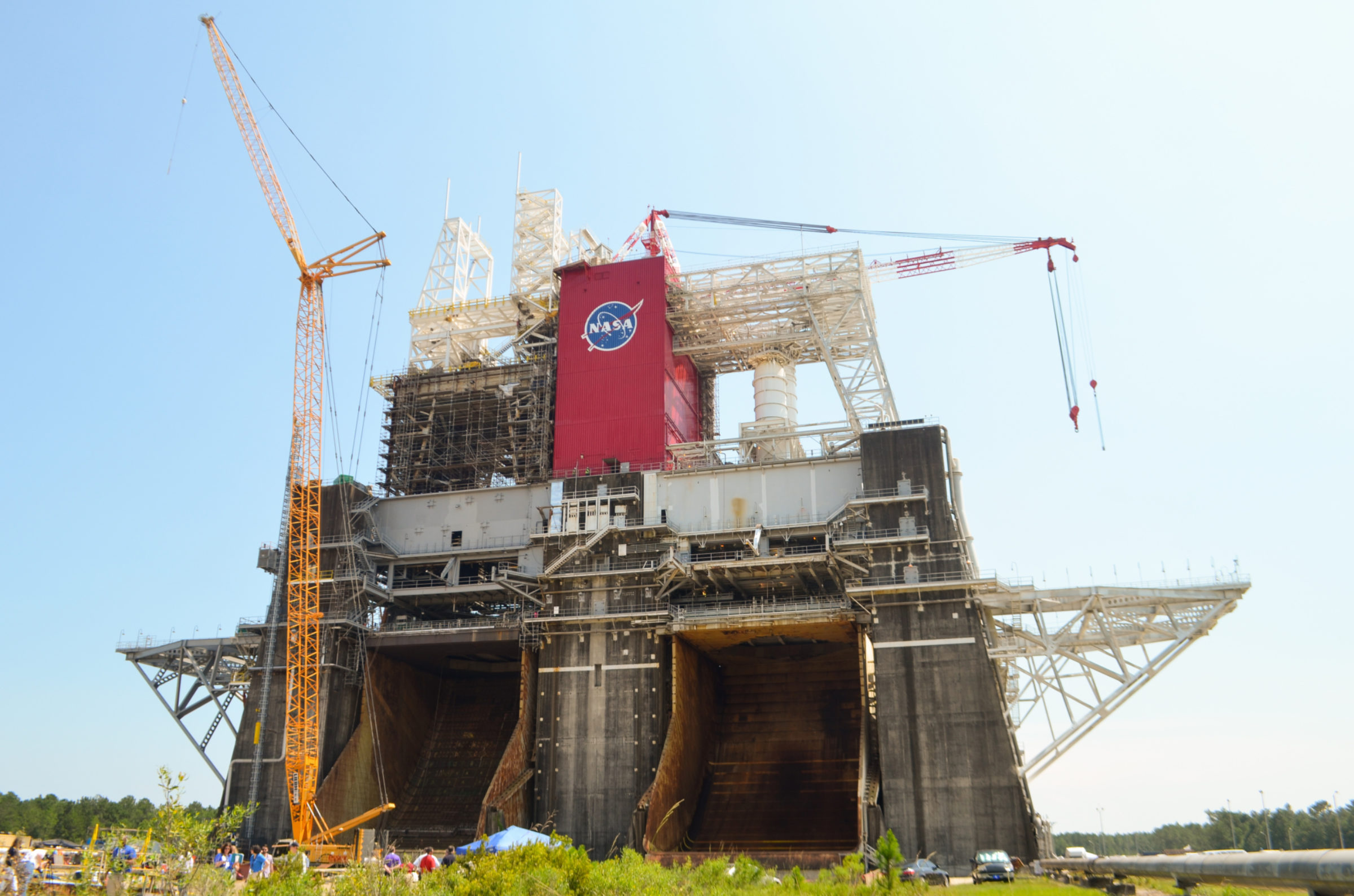Jason Davis • Mar 09, 2016
Veteran space shuttle engine to be test-fired for SLS in Mississippi
Tomorrow in Washington, the Senate subcommittee that controls NASA’s budget meets. This year, the White House cut $700 million from the appropriation Congress gave to NASA’s heavy lift rocket, the Space Launch System. Administrator Bolden is testifying, and figures to be caught in some heated budgetary crossfire. I expect to see much gnashing of teeth.
Also tomorrow—literally a thousand miles from D.C.—NASA engineers at Stennis Space Center in Mississippi are testing an engine that will fly on that same rocket. This isn’t a development test; it's the real deal. The engine, number 2059, last blasted space shuttle Endeavour into orbit for its final mission in 2011.
And if NASA, Congress and the next presidential administration agree, the engine will fly humans again—to the moon, no less—during an SLS flight between 2021 and 2023.
There are 18 RS-25 engines left over from space shuttle program. Fourteen have flight experience, two are brand new and two are used exclusively for testing. That means 16 are available to fly the first four SLS missions.
It’s a little confusing, but NASA’s SLS testing schedule is the reverse of what you might expect. The engines that will fly on the second SLS flight—the first mission to carry astronauts—are being tested individually, first.
Tomorrow, it's 2059's turn to take what's technically a "flight certification test." Next up comes five firings of another SLS development engine this summer, followed by "green run" tests of the two newbie engines, numbers 2062 and 2063. Number 2047 won't be test-fired because it has already flown; technically 2059 falls into that same category because it also has flight experience. However, NASA needs a flight engine to test with the new SLS engine controller.
In the meantime, the first SLS core stage is being assembled at the Michoud Assembly Facility outside New Orleans, Louisiana. Engines 2060, 2058, 2045 and 2056 will be installed, and the entire stage will be shipped inside NASA's Pegasus barge up to Stennis. There, the entire stage will be heaved into the B-2 test stand for a full, four-at-a-time test firing. That's currently scheduled for December 2017.

I was at Stennis for a development engine firing last August. We watched from about 380 meters away, roughly four football fields' distance. It was so loud, my clothes vibrated, and NASA distributed ear plugs for protection. And that was just one engine.
Needless to say, I plan to be there again in December 2017.


 Explore Worlds
Explore Worlds Find Life
Find Life Defend Earth
Defend Earth



